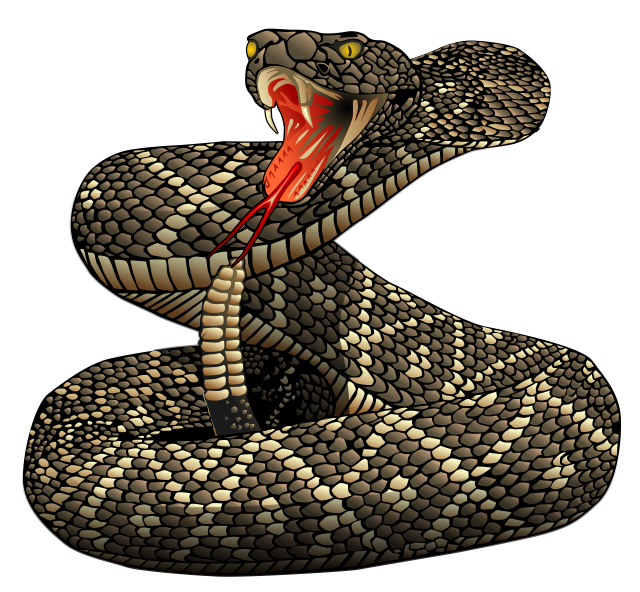Snake Bites FAQ

Among the things that return in springtime are snakes. Most snakes are not venomous, but rattlesnakes are common in our area, and a bite can be a life-threatening emergency.
Think about safety first. Snakes usually won't bite unless they are surprised or threatened. Be aware of places where you might encounter them (tall grass, rocks, under hay piles) so that you will have a better chance of seeing them before they see you. Don't step or reach into any spot you can’t see clearly. If you see a snake, move away calmly and slowly.
If a snakebite does occur, here’s what you do:
- Stay calm and get safely away from the snake. The less the victim moves, the less likely the venom will spread and cause damage. Have the victim lie down, with the bitten area lower than the heart. Keep the bitten area still and avoid exertion.
- Unless you are ABSOLUTELY POSITIVE that the snake is not venomous, call 9-1-1 IMMEDIATELY and seek medical attention ASAP. Lifeline helicopters can bring antivenom to the scene.
- Don’t try to capture the snake, but take note of its appearance so you can describe it to emergency medical responders.
- The area around the bite will probably swell, so remove any jewelry, watches, shoes, or other items that could bind.
- Wash the bite wound gently, then cover it loosely with a clean, dry dressing.
- Keep the victim warm.
- Watch for signs of an allergic reaction or anaphylactic shock, such as hives, wheezing, difficulty breathing or altered mental status. Let emergency medical responders know immediately if any of these occur.
Just as important, there are several things you should NOT do. TV and movies sometimes provide misinformation about first aid for snake bites. Medical research shows that these actions can make the situation worse:
- DON’T cut the bite wound, or try to remove venom.
- DON’T apply a tourniquet or ice.
- DON’T give the victim caffeinated or alcoholic beverages.
